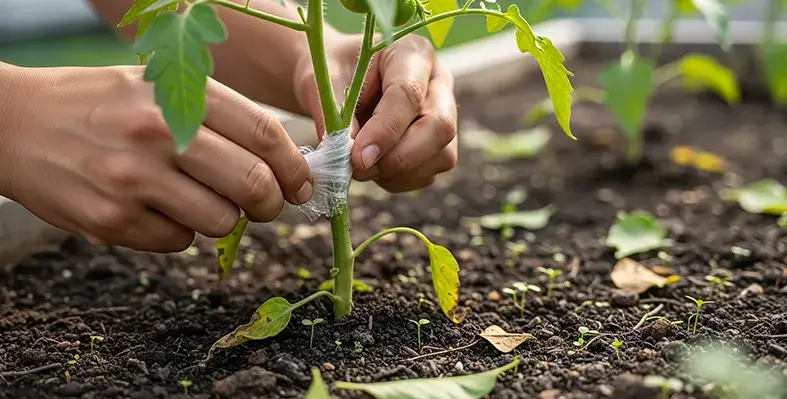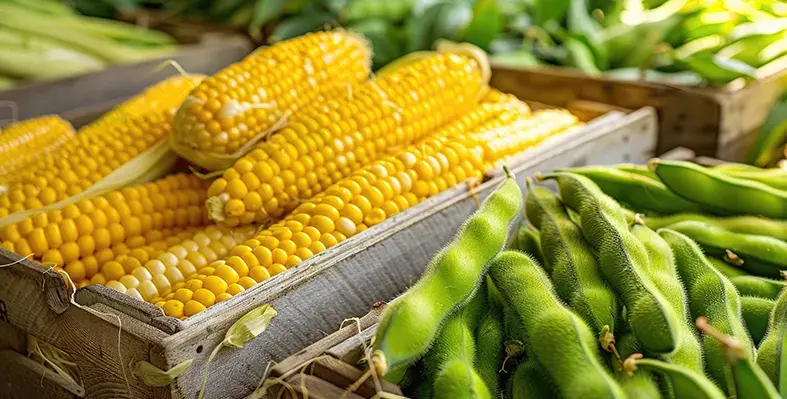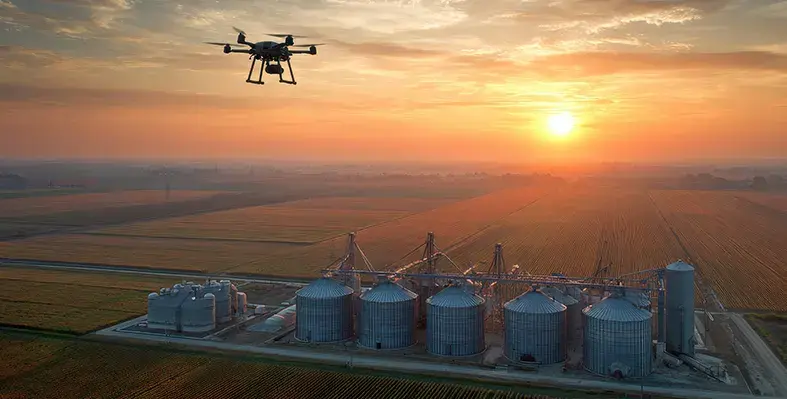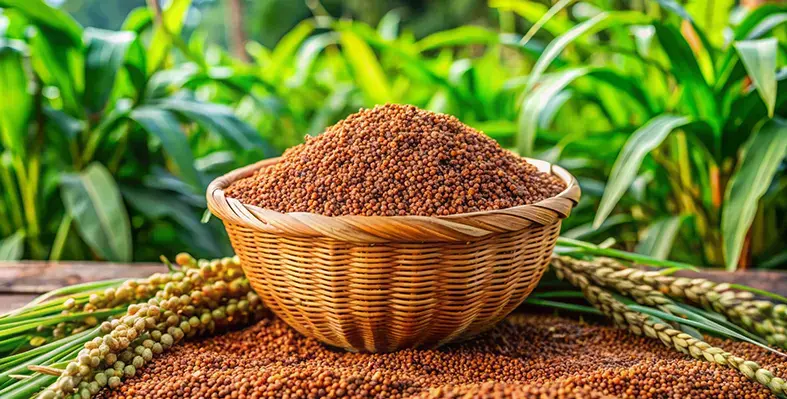
Al Zain Poultry is a key customer in Oman, demonstrating impressive year-on- year improvements in broiler performance. (Image credit: Aviagen)
Al Zain Poultry, a Ross 308 customer from Oman, has once again demonstrated its commitment to excellence by earning additional awards from the prestigious Ross Broiler Executive Club in recognition of outstanding broiler performance
Since its establishment in 2013, Al Zain Poultry has become a leading name in Oman’s food industry, championing national food security with a premium range of fresh eggs, liquid eggs, and fresh and frozen chicken.
Broiler flock performance remains consistently strong, thanks to the genetic progress of the Ross 308 and the expertise and dedication of Ross customers across the region. The Ross Broiler Executive Club honours producers who reach a European Product Efficiency Factor (EPEF) of 400 or higher with their broiler flocks. Al Zain Poultry was recently recognised with certificates for two of its broiler flocks. The first achieved an average EPEF of 407, with a top-performing flock reaching 428, securing Silver membership in the Ross Broiler Executive Club. The second flock recorded an impressive average EPEF of 422, with its best flock attaining 471.5, earning Gold membership in the Club.
“Al Zain Poultry is deeply honoured to be recognised as an exclusive member of the Ross Broiler Executive Club. This achievement highlights the strength of our relationship with Aviagen- whose genetics, quality, and service consistently deliver exceptional results-as well as the dedication and professionalism of our team. Earning the Gold Award is a true reflection of our commitment to operational excellence, continuous improvement, and best practices across every aspect of our business. We extend our sincere gratitude to our production team for their relentless efforts and to the Ross MEA team for their invaluable guidance and support in reaching this milestone,” said Murtuza Boriyawala, CEO, Al Zain PoultryFarm.
Zohir Hadj-Zoubir, International Commercial Manager, MENA, added: “Al Zain Poultry is a key customer in Oman, demonstrating impressive year-on-year improvements in broiler performance. Their success reflects a steadfast commitment to operational excellence, continuous improvement, and best practices. We commend the Al Zain production team for their dedication, hard work, and relentless efforts, and we look forward to their continued growth and achievements.”











